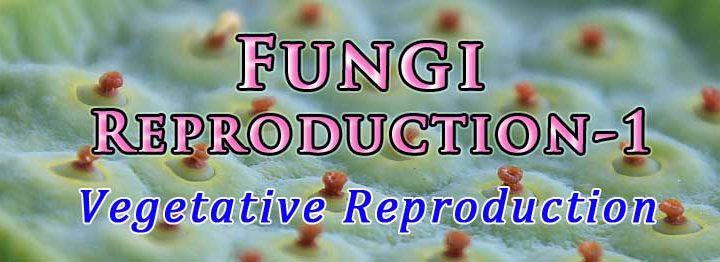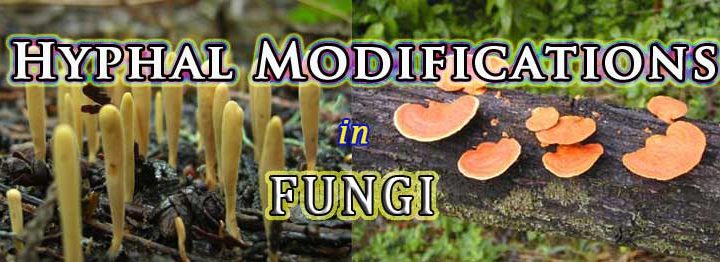Fungi reproduce by vegetative, asexual and sexual methods. This post describes the various types of Asexual Reproduction in Fungi. About 20% fungi propagate only by asexual means. Asexual reproduction take places during favorable condition by the formation of a variety of spores. Such spores produced by asexual reproduction are called mitospores. Spores may be unicellular […]
Continue ReadingReproduction in Fungi- Part-1: Vegetative Reproduction
Vegetative Reproduction in Fungi Fungi reproduce by vegetative, asexual and sexual methods. This post describes different types of Vegetative Reproduction in Fungi. Vegetative reproduction helps to increase the number of individuals in the population. Vegetative Reproduction in Fungi Ø Vegetative reproduction in fungi occurs by: (1). Fragmentation (2). Fission (3). Bud fission (4). Budding (5). […]
Continue ReadingCSIR JRF NET Exam Minimum Cut-off Percentage of Last Five Years (A Comparison)
CSIR UGC JRF NET Cut-Off Marks Category wise minimum cut-off percentage of Joint CSIR UGC JRF NET Examination in different disciplines (Life Science, Chemical Science, Earth Science, Mathematical Science, Physical Science and Engineering Science) for the selection of Junior Research Fellowship (JRF) and Eligibility for Lectureship (NET) of June and December batches (December 2011 onwards). […]
Continue ReadingNutrition in Fungi (Saprophytic, Parasitic, Symbiotic and Predator Fungi)
Mode of Nutrition in Fungi : Fungi are heterotrophic in nutrition. They are chlorophyll deficient plants and hence they cannot manufacture carbohydrates using carbon dioxide, water and sunlight. Fungi are with simple structural organization, thus they always depends on dead or living organic matter for their energy requirements. Mode of Nutrition in Fungi Ø On […]
Continue ReadingHyphal Modifications in Fungi (Mycelial Aggregations in Fungi)
Hyphal Modification in Fungi : In majority of fungi, hyphae are simple. In some advanced fungi, hyphae may undergo certain modification in response to functional needs. Hyphal modifications are hyphal aggregations are required to do specific functions during the life cycle of fungi. Hyphal Modification in Fungi Important hyphal modifications in fungi are: (1). Prosenchyma […]
Continue Reading




